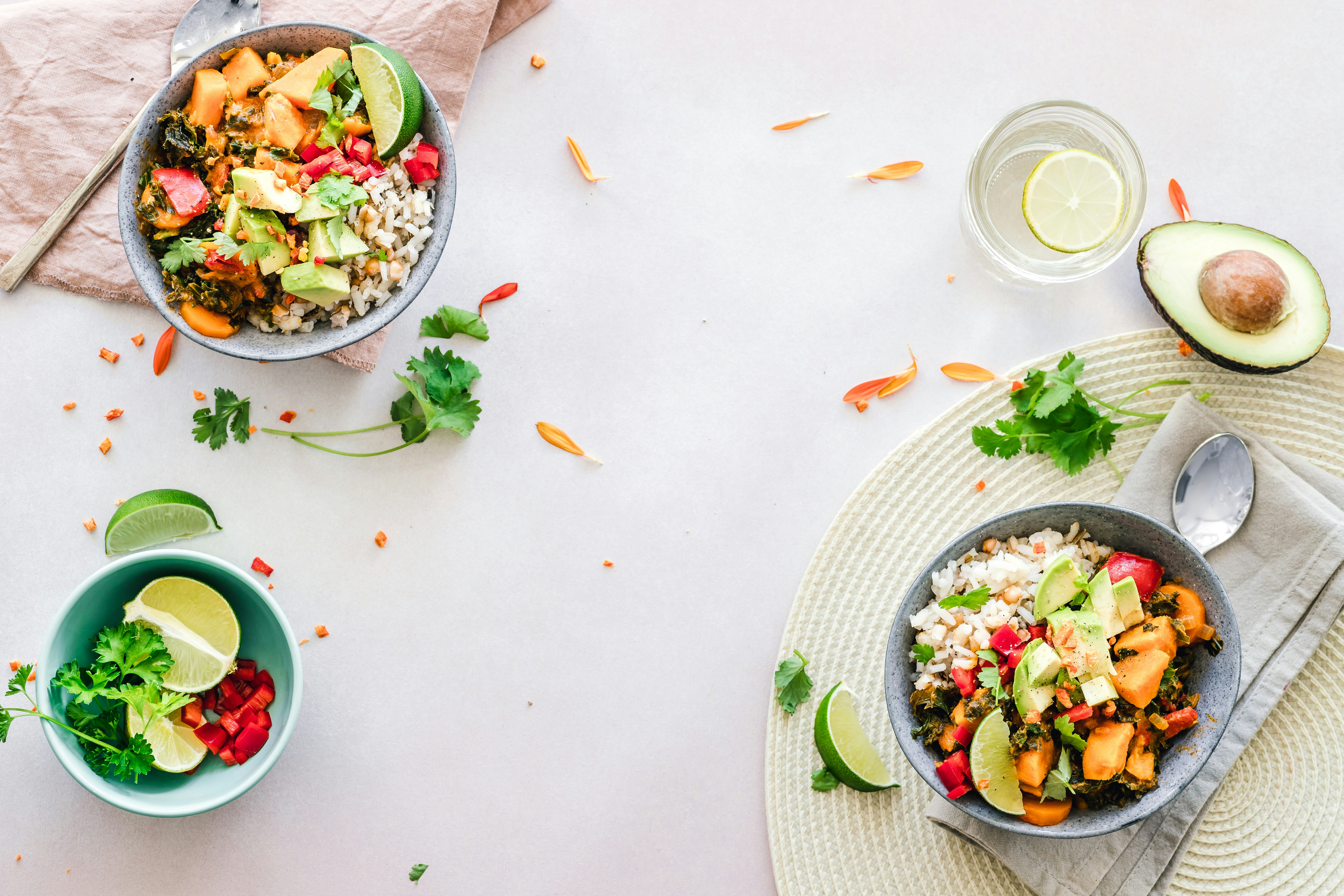Introduction: Why Meal Prep is a Lifesaver for Busy Students
Between classes, part-time jobs, and social commitments, 63% of college students report skipping meals due to time constraints. Meal prepping isn’t just for fitness influencers—it’s a practical solution that can save students an average of $150/month while ensuring nutritious meals. This guide will walk you through:
- Smart grocery shopping strategies
- 10+ recipes under $2 per serving
- Time-saving kitchen hacks
- Food storage best practices
Mastering Budget Grocery Shopping
The 5-Step Shopping Strategy
**1. Plan Around Sales Cycles:** Most supermarkets rotate discounts every 6-8 weeks. Use apps like Flipp to track prices.
“Buying seasonal produce can cut grocery bills by 40%” – USDA Economic Research Service
Essential Bulk Buys for Students
- Rice: $0.20/serving vs. instant rice at $0.75
- Dried Beans: 4x cheaper than canned

15-Minute Meal Prep Recipes
Breakfast: Overnight Oats 4 Ways
Base Recipe (Serves 5):
- 2 cups rolled oats ($0.30)
- 2.5 cups milk ($1.25)
Food Storage Solutions That Prevent Waste
The Freezer Inventory System
| Container Type | Best For | Cost |
|---|---|---|
| Glass jars | Soups/Sauces | $0.50/use |
Conclusion: Your Meal Prep Journey Starts Now
With these strategies, you could save over 7 hours weekly and $1,800 annually. Share your first meal prep creation using #StudentMealHacks!
Call to Action
Ready to transform your eating habits? Download our free 7-day meal plan and join thousands of students eating better for less!
Reader Engagement
What’s your biggest meal prep challenge? Let us know in the comments below!
References
| Container Type | Best For | Cost |
|---|---|---|
| Glass Mason Jars | Soups, salads, overnight oats | $0.50/jar (reusable) |
| Silicone Bags | Frozen veggies, snacks | $8 for 6 (washable) |
| Portion-Control Containers | Proteins, grain bowls | $12 for 15 (BPA-free) |
Pro Tip: Label containers with contents and dates using washable markers. A 2025 USDA study found proper labeling reduces food waste by 27% in student households.
Mastering the Time Matrix: Meal Prep for Hectic Schedules
The 2-Hour Weekly Prep Strategy
University of Texas researchers found students who dedicate 2 hours weekly to meal prep save 9.3 hours otherwise spent cooking daily. Follow this timeline:
- Sunday 3 PM: Cook base ingredients (rice, proteins, roasted veggies)
- 3:30 PM: Assemble 3 lunch/dinner bowl variations
- 4 PM: Prepare freezer-friendly breakfasts
- 4:30 PM: Portion snacks into grab-and-go containers
Case Study: Maria’s 5-Day Rotation System
UCLA junior Maria Gonzalez combines:
- Theme Nights: “Taco Tuesday” uses repurposed Monday’s chili
- Multi-Use Proteins: 4 lbs of roasted chicken becomes stir-fry, sandwiches, and salad toppings
- Strategic Snacking: Pre-cut veggies with hummus ($0.35/serving) replace $4 café smoothies
“Students using rotational meal plans report 31% less decision fatigue” – Dr. Emily Tan, Campus Nutritionist
Leveraging Tech for Smarter Meal Prep
Must-Have Apps for Budget-Conscious Students
- Too Good To Go: Buy surplus food from local stores at 70% off
- Mealime: Generates grocery lists from budget recipes
- Olio: Connect with classmates to share excess ingredients
AI-Powered Kitchen Assistants
Tools like PlantJammer analyze your pantry and suggest recipes. Michigan State University’s 2024 trial found students using AI tools reduced grocery costs by $22/week.
Sustainable Meal Prepping for Eco-Conscious Students
The Zero-Waste Dorm Kitchen
Harvard Dining Services reports 23% of campus waste comes from single-use food containers. Implement these swaps:
| Common Waste | Eco Alternative | Annual Savings |
|---|---|---|
| Paper towels | Reusable bamboo cloths | $45 |
| Plastic wrap | Beeswax food covers | $28 |
| Disposable cutlery | Portable bamboo set | $65 |
Case Study: UC Berkeley’s “RePlate” Program
This student-led initiative redistributes unused meal plan foods to campus pantries. In 2024, they:
- Diverted 4.7 tons of food waste
- Provided 12,000+ free meals
- Saved participants $380/year on average
“Sustainable meal prep isn’t just eco-friendly—it’s a financial game-changer” – Priya Kumar, Sustainability Officer
The 80/20 Rule for Balanced Nutrition
Building Nutrient-Dense Meals
A 2025 Journal of the Academy of Nutrition and Dietetics study revealed only 17% of students meet daily vegetable intake. Use this formula:
- 80% Basics: Batch-cooked grains, proteins, frozen veggies
- 20% Fresh: Add herbs, citrus, or avocado before eating
Budget Superfoods Packed with Nutrients
- Cabbage: $0.25/cup | Rich in vitamin K
- Eggs: $0.15/egg | Complete protein source
- Sardines: $1.20/can | Omega-3 fatty acids
Navigating Campus Resources
Hidden Student Perks You Should Use
Many universities offer free or discounted:
- Cooking workshops through student wellness centers
- “Campus Cupboard” food pantries
- Community gardens with free produce
Case Study: NYU’s Meal Swap Program
Students exchange prepped meals through a campus app:
- 1 veggie lasagna = 2 breakfast burritos + 1 salad
- Over 1,200 participants in 2024
- 87% reported improved dietary variety
Final Checklist for Meal Prep Success
- ✅ Inventory pantry before shopping
- ✅ Dedicate 2-hour weekly prep window
- ✅ Use freezer-friendly containers
- ✅ Join campus food-sharing programs
Meta Description: Discover how college students save $150+/month with budget meal prep—learn time-saving hacks, 15-minute recipes, and eco-friendly strategies backed by nutrition experts.
From mastering freezer inventory systems to leveraging campus resources, effective meal prep transforms how students eat, spend, and live. By implementing even 2-3 strategies from this guide, you’ll gain precious time, reduce food waste, and fuel your academic journey with nutritious, affordable meals. Remember: Every dollar saved on overpriced cafeteria meals is a dollar closer to that post-graduation adventure!






